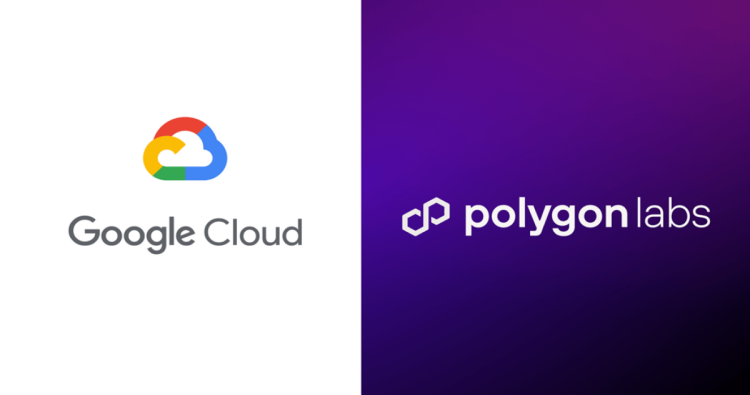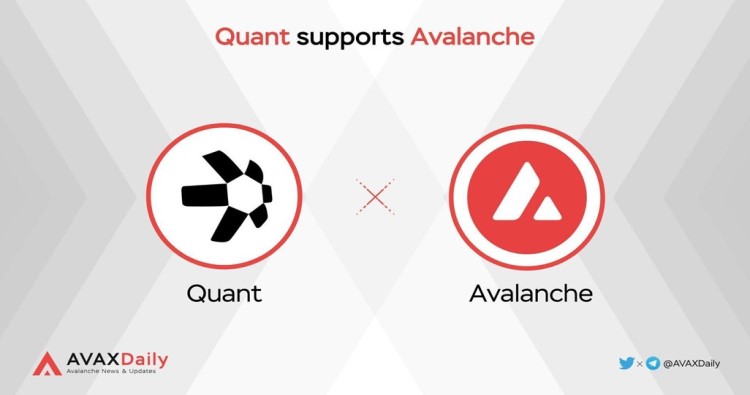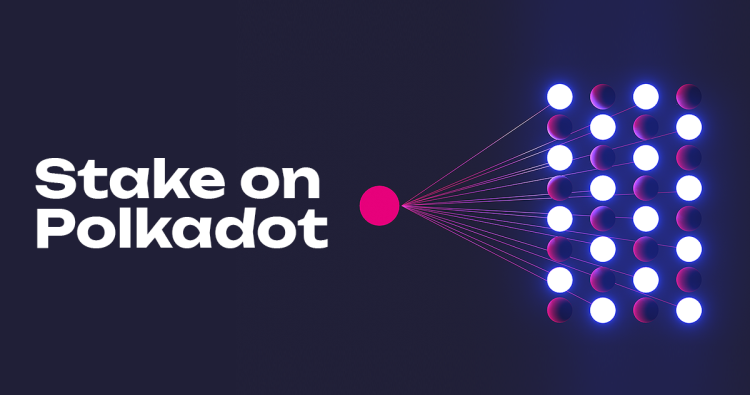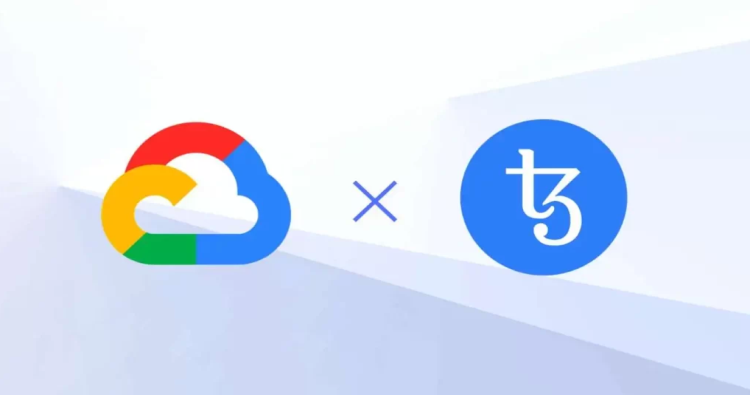
Aave’s multi-collateral stablecoin, GHO, has been deployed on the Ethereum Goerli testnet
The Aave-created multi-collateral stablecoin, $GHO, was deployed on the Ethereum Goerli testnet on 9 February, 2023. Before being released to the wider public on the Ethereum blockchain, developers and potential adopters of $GHO (pronounced "go") can access the stablecoin's codebase and test how it works. $GHO’s deployment on Ethereum mainnet depends on community discussion and approval.

Upgrade to premium
Since the community overwhelmingly supported its development in a governance vote in August, Aave's native stablecoin, $GHO, has been highly anticipated among DeFi users.
What is $GHO and how does it work?
$GHO is a fully backed, transparent, and decentralized multi-collateral stablecoin that is native to the Aave Protocol and programmatically aligned to the US Dollar. It is initially only minted from assets supplied to the Aave Protocol, and its value will be maintained through market efficiency.
To mint $GHO, a user must supply collateral at a specific collateral ratio, as is the case with all borrowing on the Aave Protocol. When a user repays the borrowed position or is liquidated, $GHO is returned to the Aave pool and burned. The interest payments accrued by $GHO minters will go directly to the Aave DAO treasury and the principal will be burned, unlike other assets, where a standard reserve factor is collected when users borrow.
GHO is a decentralized stablecoin on Ethereum, available in the form of an ERC-20 token. Staiblecoin GHO natively fits into the existing Aave Protocol as a new asset, meaning that interacting with the protocol to borrow $GHO will be similar to interacting with other assets in the Aave Pool.

Impact
As a means of attracting users at a time when crypto lending is flagging, a slew of rival DeFi protocols in the Ethereum ecosystem are issuing their own native stablecoins, posing competition for Aave's $GHO. Currently, Maker's $DAI is the largest decentralized stablecoin with a circulation of 5 billion USD, while Curve Finance, another top protocol, is close to launching its native $crvUSD stablecoin. This healthy competition is beneficial for the DeFi space, as there have been recent concerns about regulations on centralized stablecoins, highlighting the importance of functioning decentralized stablecoins.

Aave's top position within DeFi, with a TVL of 4.7 billion USD’s worth of digital assets pledged on the platform, may give its $GHO stablecoin a jump-start. Overcollateralized decentralized stablecoins are much preferred to centralized stablecoins in the eyes of DeFi investors. Adding to $GHO's credibility is the fact that it has a huge protocol like Aave behind it.
René Užovič
Previous

Next


.webp)







































.jpg)












































